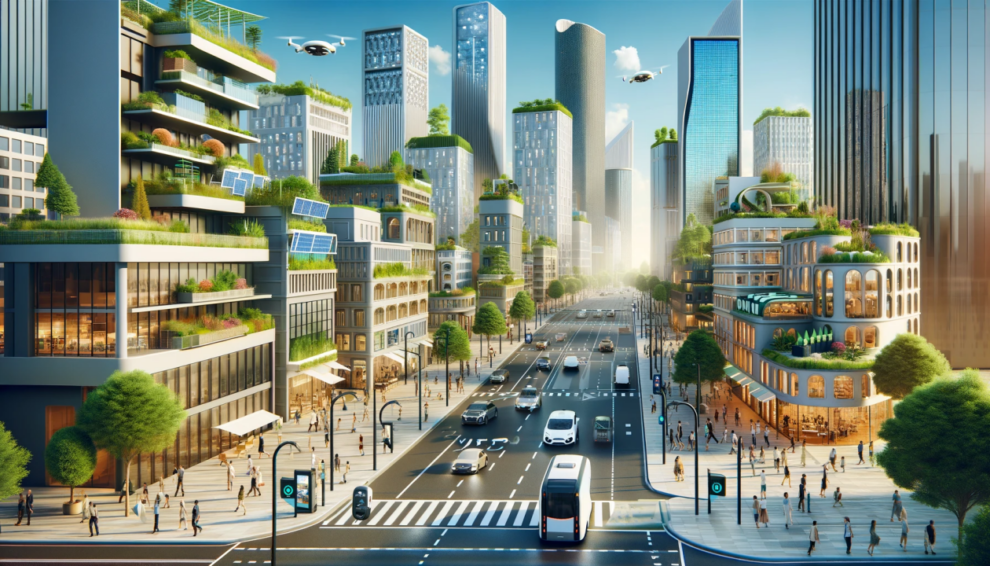In an era marked by rapid technological advancement and growing urban populations, the quest for smarter, safer, and greener cities in the United States is gaining momentum. Artificial Intelligence (AI) stands at the forefront of this transformation, offering innovative solutions to urban challenges and reshaping the way cities operate.
Key Highlights:
- Innovative Technologies: Cities are leveraging AI, IoT sensors, and advanced computing to enhance urban living. These technologies enable efficient management of city services, such as public transit, garbage collection, and maintenance schedules, contributing to reduced pollution and improved safety.
- Enhanced Public Safety: AI-driven applications are making cities safer by improving traffic flow, reducing accidents, and enabling proactive safety measures in public spaces.
- Sustainability Efforts: Through smarter infrastructure and data-driven decisions, cities are advancing toward sustainability goals, reducing energy consumption, and fostering healthier environments.
The Path to Smarter Cities: A Closer Look
The integration of AI into urban environments is not just a leap towards technological prowess but a step forward in enhancing the quality of life for residents. From IoT sensors in public transit systems to AI-driven predictive maintenance for city fleets, the fabric of urban life is being rewoven with intelligence and efficiency at its core.
Safeguarding Urban Spaces
Safety remains a paramount concern for city dwellers. AI’s role extends beyond mere surveillance, facilitating smarter road designs, improving pedestrian and cyclist safety, and enhancing emergency response times through real-time data analysis. Cities like Dijon, France, showcase the potential of AI in managing streetlight operations to ensure safety while optimizing energy use.
A Greener Future
AI’s impact on urban sustainability is profound. From optimizing routes to reduce traffic congestion and emissions to enabling smart agriculture practices, AI technologies are pivotal in creating sustainable food systems and reducing cities’ carbon footprints.
Industry Perspectives and Future Directions
Leaders from across industries, including Microsoft’s Chief Digital Officer and NVIDIA’s vision AI applications, highlight the transformative potential of AI in cities. Their insights point towards a future where urban spaces are not only more efficient and safer but also more inclusive and sustainable.
The journey towards smarter, safer, and greener cities is underway, with AI at its helm. By harnessing the power of technology, urban centers in the U.S. are setting new standards for living spaces, promising a future where technology and human-centric design converge for the greater good. The potential of AI in urban development is vast, offering a blueprint for cities around the world to follow. As technology continues to evolve, so too will the capabilities of cities to meet the needs of their residents, paving the way for a brighter, more sustainable future.








